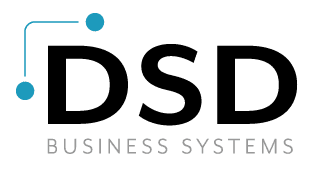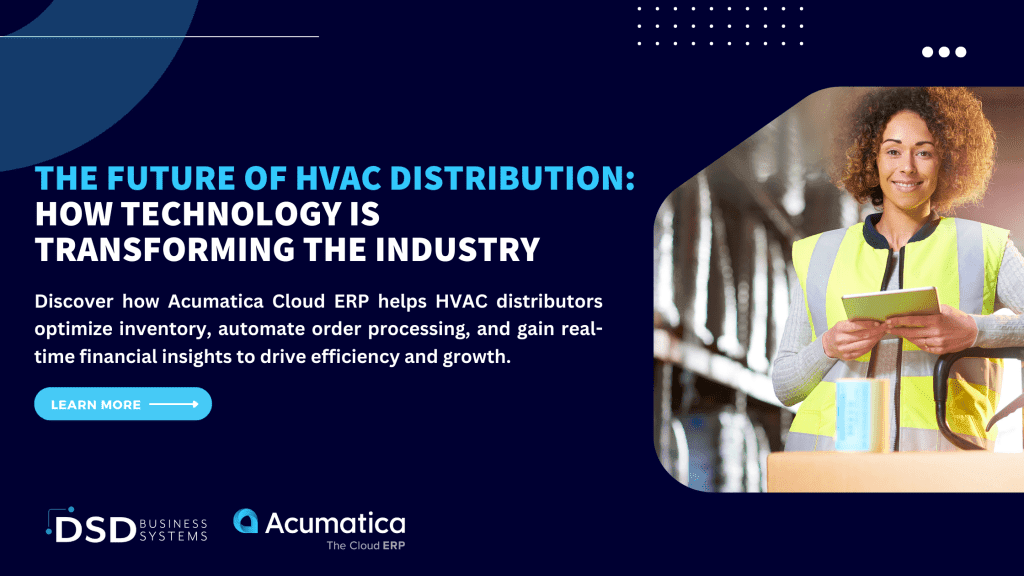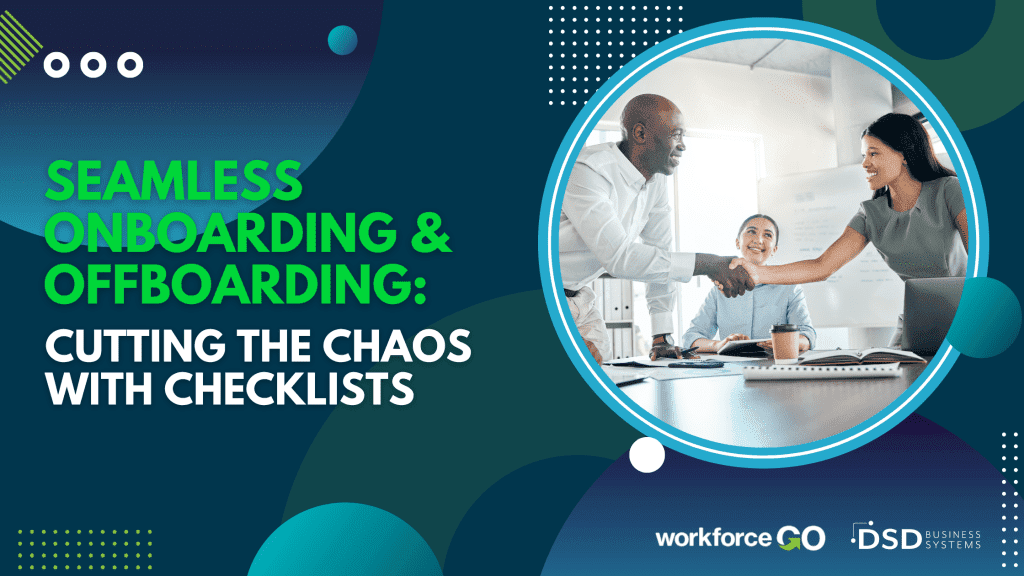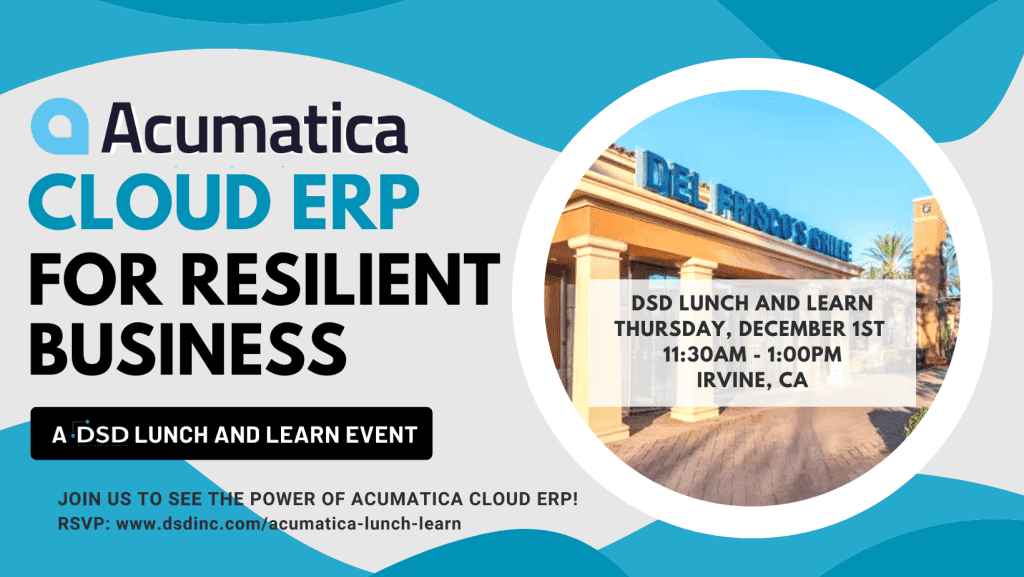Is it time to upgrade your ERP software?
May 26, 2020
Deciding to transition to a new ERP solution can be a big decision. However, for most organizations it can bring significant gains. Below we are going to give you some key tips so you can determine if upgrading your ERP software is the next best move.
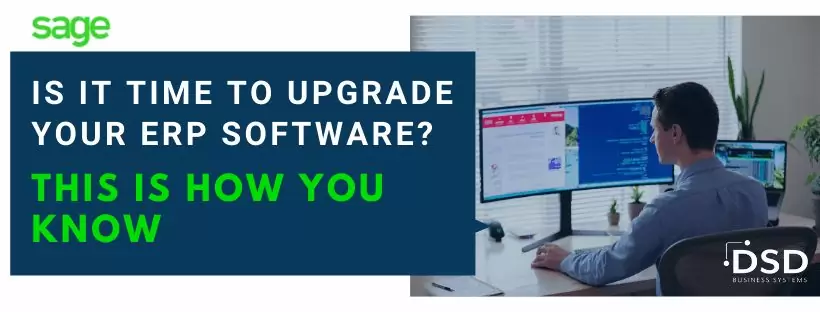
With technical innovation becoming part of our every day, ERP has also grown and evolved just as quickly in recent years. Encompassing high-tech features like artificial intelligence and blockchain. With those capabilities serving as catalysts for digital transformation, some businesses are leveraging ERP software to enhance the customer experience and drive revenue. As a result, companies of all sizes are considering whether it’s time to upgrade to a newer ERP software.
How ERP software has advanced
Not long ago, ERP’s utility was initially thought of as limited to accounting, HR, manufacturing, and the supply chain, but that is no longer the case. Over time, companies came to rely on ERP systems for a broader set of capabilities and began to rely on ERP to facilitate superior business collaboration. ERP solutions evolved in response, expanding to include enhancements like interchangeable modules, customization, and user interfacing.
Fast forward to today, and ERP is actively changing in response to businesses changing needs. Emerging technologies like the cloud, blockchain, and artificial intelligence have risen to prominence in the last five years, shaping how ERP solutions are designed and the kind of value businesses can expect them to deliver. Some companies, are even using it for mission-critical functions like customer experience and stakeholder satisfaction.

According to TechTarget, the cloud is a major driver behind ERP modernization, particularly due to enabling significant technological advancements that lead to significant business prosperity. In a related finding, a recent Sage survey of midsize companies in discrete manufacturing indicated that cloud computing is viewed as the new technology that will add the most value to the business, even compared with other emerging technologies such as AI, mobile, and the Internet of Things.
Cloud ERP is well-suited to align large sets of data with processing power at large scales to have visibility into powerful analytic insights. Businesses often find that achieving business continuity is easier with the cloud and is significantly more reliable than traditional on-site ERP solution.
That way, they can still retain some of the flexibility they need while taking advantage of the benefits only the cloud can offer.
How to know when to upgrade ERP software

Given how far ERP has come in the last several years, it’s no surprise that business leaders are considering different ERP solutions. According to recent research from Forrester, due to many organizations’ priorities have changed and what was technically possible looked very different the last time they made a significant investment in ERP. Companies that choose to proceed with their current ERP software and a few short-term technology fixes may struggle to improve the customer experience, achieve greater agility, or reduce costs. As a result, they may find that decision ultimately hinders their business success.
As the Forrester study found, 51% of SMBs report that their ERP solutions aren’t up to the task of delivering on their business goals. 63% understand that keeping up with tech innovation is an essential aspect of their business, so they are constantly attempting to stay up-to-date with the latest tech capabilities and solutions. But when faced with the decision of whether or when to upgrade ERP software, many businesses aren’t sure where to begin.
It’s best to let your business priorities guide your approach when choosing an appropriate ERP solution.
A company focused on revenue growth, for example, might take a cautious approach to cloud and instead focus on updating current systems. A business that seeks to improve the customer experience (CX) will likely be more incentivized to make technology investments, looking at both cloud and on-prem ERP with equal interest. No matter what your business priorities may be, we suggest that you pursue the ERP strategy that will most closely help you accomplish them. Here’s a more specific look at how to do just that.
Revenue growth
Companies seeking revenue growth likely already have a strong foundation of products and services and a solid operating model, but they know that the long-term path to success involves continuous improvement. These businesses may pair revenue growth with customer obsession, take a somewhat cautious approach to the cloud, and make moderate investments in updating their ERP systems. Businesses that prioritize revenue growth should familiarize themselves with the technologies that are available today so they can make a fresh, informed decision on what solution will best help them achieve their goals. As they do, they should consider what ERP systems will help them stay competitive not just today but well into the future.
Cost reduction
Other companies, such as manufacturers, may focus heavily on cost reduction. These businesses are more likely to be concerned with internal processes and employee experiences, and they’re often inclined to proceed without making significant changes to their core applications. They may also harbor concerns about the lack of control available in cloud ERP solutions, and they’re typically leery of making any moves that could result in disruption to existing employee workflows.
While these are all legitimate concerns, these companies should also consider the opportunity cost, over the long term, of not pursuing technology improvements. They may find it beneficial to do a complete cost analysis that includes not just the total cost of ownership (TCO) but the ultimate value of access to innovative technologies as well.
CX improvement
Companies that prioritize a high quality CX already understand that the customer experience is a key differentiator in winning repeat business and long-term customer loyalty. Accordingly, these businesses use digital tools to enhance their CX maturity, and they are more likely to pick a hybrid ERP over its on-prem cousin. That said, their need for the cloud can vary depending on the industry they’re in. These companies should keep in mind that it’s not always a good idea to embrace the cloud for the cloud’s sake. While cloud ERP systems do enable impressive digital transformation, frequent software updates can also pose a burden for IT staff and require new methods of managing applications. For these reasons, a deliberate approach is best.
Recommendations for selecting the optimal ERP
When determining the ERP strategy that is the right fit for your business, it’s recommended to start by getting the lay of the land of your current system.
Forrester advises that you begin by evaluating how well your current ERP systems support your company’s top business priorities. ERP solutions designed in a prior era with legacy technology to match. For instance, it may not sufficiently support your current business needs. Additionally, consider the specific areas in which you can get the most value out of a cloud ERP investment. You don’t have to commit fully to a complete cloud solution to begin realizing some of its benefits today.
Also, consider how much control you need.
Many businesses that are accustomed to legacy on-prem solutions will find the prospect of giving up control an adjustment, whether it comes to security or software updates. For others, data sovereignty — the issue of who owns and controls data residing within an ERP — is also an issue. Only your business can know what level of control is right for you. Accordingly, spend some time thinking about exactly what level of control you must have and how those business requirements will inform your ERP strategy.
Lastly, think about education and training with respect to your ERP technology.
Many SMBs cited in the Forrester study mentioned staff training as a concern when it came to both legacy and cloud ERP systems, which likely indicates that staff knowledge about core technology is already an issue regardless of the type of ERP selected or the level of digital transformation that has already taken place. Consider investing in staff education on new technologies like machine learning and automation now so that your workforce will be better equipped to realize the value of those technologies and understand how to apply them to your business priorities.
Upgrade ERP software and accomplish your business priorities
ERP has come a long way in recent years. Once a straightforward off-the-shelf solution for businesses to manage their operational and supply chain processes more efficiently, it has adapted and evolved to support new technologies that weren’t even a blip on the radar screen a short while ago. Many companies are already reaping the benefits from these enhancements, leveraging them to create a better customer experience and drive increased revenue.
That said, determining when and how to upgrade your ERP solution isn’t a simple decision. It’s wise to begin by identifying your business priorities, allowing them to guide the decision you ultimately make. What works best for a company dedicated to improving CX, for example, won’t necessarily apply for a business that is chiefly concerned with cost reduction. By making a careful assessment of both your organizational priorities and how well the available ERP solutions can support them both now and over the long term, you can make the right decision about upgrading your ERP software.
Want to learn more about Sage’s ERP solution?
Interested in upgrading your ERP solution?
Contact us so we can help
